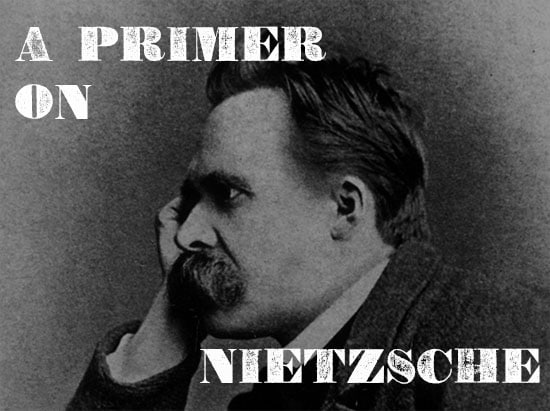
Friedrich Nietzsche introduced several ideas into Western philosophy that have had a huge influence on the culture of the 20th and 21st centuries. Existentialism, postmodernism, and poststructuralism have all been touched by Nietzsche’s work.
His impact isn’t just seen in academic philosophies, though, but also in the way many modern Westerners approach their lives. The love of struggle, the quest for autonomy and personal greatness, the clarion call of following your passion and making your life a work of art — these are all cultural currents Nietzsche helped shape and set in motion. Thus to really understand modern life in all its wonder, and weirdness, one must understand Nietzsche.
Below I highlight just a few of Nietzsche’s biggest and most intriguing ideas; even if you decide you vehemently disagree with them, they are excellent fodder for examining how you live and exist in the world. Do you, as Nietzsche exhorts, “say yes to life”? Or do you deny its powers and possibilities and simply loaf through your existence?
Keep in mind that this article isn’t an exhaustive look at Nietzsche’s work; it’s designed to be an accessible primer for those who wish to dip their toes into his philosophy. As such, I tried to simplify and condense the explanations as much as possible. For a more exhaustive and in-depth treatment, you’ll have to read the myriad books that have been written by Nietzsche and about his work; I’ll suggest some of the best to check out at the end.
Apollo and Dionysus
In Nietzsche’s first published work, The Birth of Tragedy, he describes two divergent outlooks embodied by the ancient Greeks: the Apollonian and the Dionysian. Together, Nietzsche argues, these two ethoses birthed one of the world’s most famous art forms — the Athenian tragedy.
Apollo was the sun god who brought light and rational clarity to the world. For Nietzsche, those who view things through an Apollonian lens see the world as orderly, rational, and bounded by definite borders. The Apollonian views humanity not as an amorphous whole, but as discrete and separate individuals. Sculpture and poetry were the arts best represented by the Apollonian ethos because they have clear structures and defined lines.
Dionysus was the god of wine, celebration, ritual madness, and festivity. Viewed through the Dionysian prism, the world is seen as chaotic, passionate, and free from boundaries. Instead of seeing humanity as being made up of atomized individuals, the Dionysian views humanity as a united, passionate, amorphous whole into which the self is absorbed. Music and dance, with their free-flowing forms, were the arts best represented by the Dionysian ethos.
For Nietzsche, the pre-Socratic Greek tragedies fused these two outlooks together perfectly. The works of Sophocles and Aeschylus forced the audience to answer one of life’s most burning questions: “How can human life be meaningful if human beings are subject to undeserving suffering and death?” The Apollonian answers this query by arguing that suffering brings forth a transformation — chaos can be turned into beauty and order. The Dionysian, on the other hand, contends that dynamism and chaos are not necessarily bad things. Simply being part of the chaotic flow of life and joyfully riding its waves was a beautiful and worthy pursuit in and of itself; any suffering that came along with the ride was simply the price of admission.
Nietzsche argued that after Socrates, tragedies began to emphasize the Apollonian ethos at the expense of the Dionysian. Instead of seeing tragedy as the natural result of living in a world of chaos and passion, the post-Socratic dramatists saw it as the consequence of some “tragic flaw” in a person’s character. Nietzsche believed this more “rationalized” view of tragedy extinguished some of life’s mystery and romanticism.
While this theory may seem very specific to a certain time, place, and art form, it has far wider implications. It’s important to have a basic understanding of the two concepts because they’re woven throughout the rest of Nietzsche’s work. For Nietzsche, the Dionysian perspective was the more life-affirming and vitality-spurring approach to life; consequently, he emphasizes it over the Apollonian.
Besides the Dionysian and Apollonian archetypes, Nietzsche looked to other Ancient Greek ideas to inform his worldview. He was particularly fond of the pre-Socratic Greeks and their Homeric warrior ethics. Strength, courage, boldness, and pride were virtues that Nietzsche championed throughout his life.
Click the jump for more.